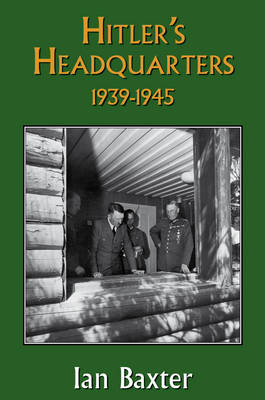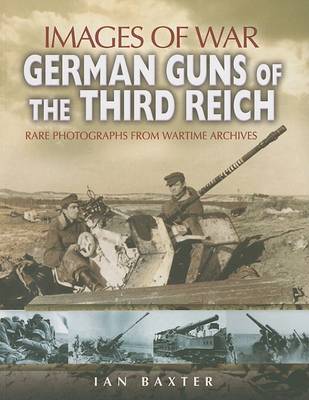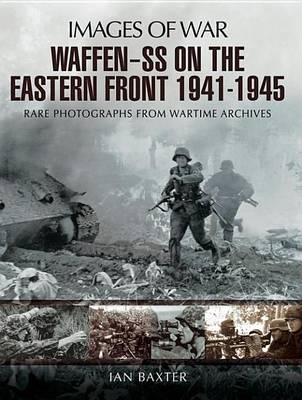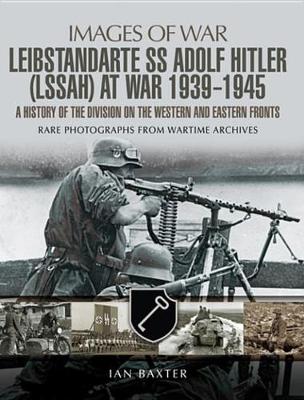Images of War
50 total works
This latest Images of War book captures the shocking story of those that ran Belsen, those that perished, and the troops that liberated the living from their hell.
Justice came too late for millions but the lessons learnt must never be forgotten and this book throws new light on the managers of the murderous Holocaust process.
Using contemporary images this well researched and inevitably harrowing book shows the harsh and deteriorating conditions of daily life in these restricted areas. In reality the ghettos were holding areas prior to the transportation to concentration, extermination and work camps, such as Auschwitz-Birkenau and Belzec. Aware of their imminent fate including the threat of family separation, enslavement and death, underground resistance groups sprung up and promoted numerous uprisings which were brutally and callously suppressed.
The Nazis' ultimate aim was the liquidation of the ghettos and the extermination of their inhabitants in furtherance of The Final Solution. This may seem unthinkable today but, as this book graphically reveals, they worked to achieve their objective regardless of human suffering.
Between 1941 and 1945 an estimated three and a half million Jews and an unknown number of others, including Soviet POWs and gypsies, perished in six camps built in Poland; Auschwitz-Birkenau, Belzec, Chelmno, Majdenak, Sobibor and Treblinka.
Unpleasant as it may be, it does no harm for present generations to be reminded of man's inhumanity to man, if only to ensure such atrocities will never be repeated.
This book aims to do just this by tracing the history of the so called Final Solution and the building and operation of the Operation Reinhard camps built for the sole purpose of mass murder and genocide.







